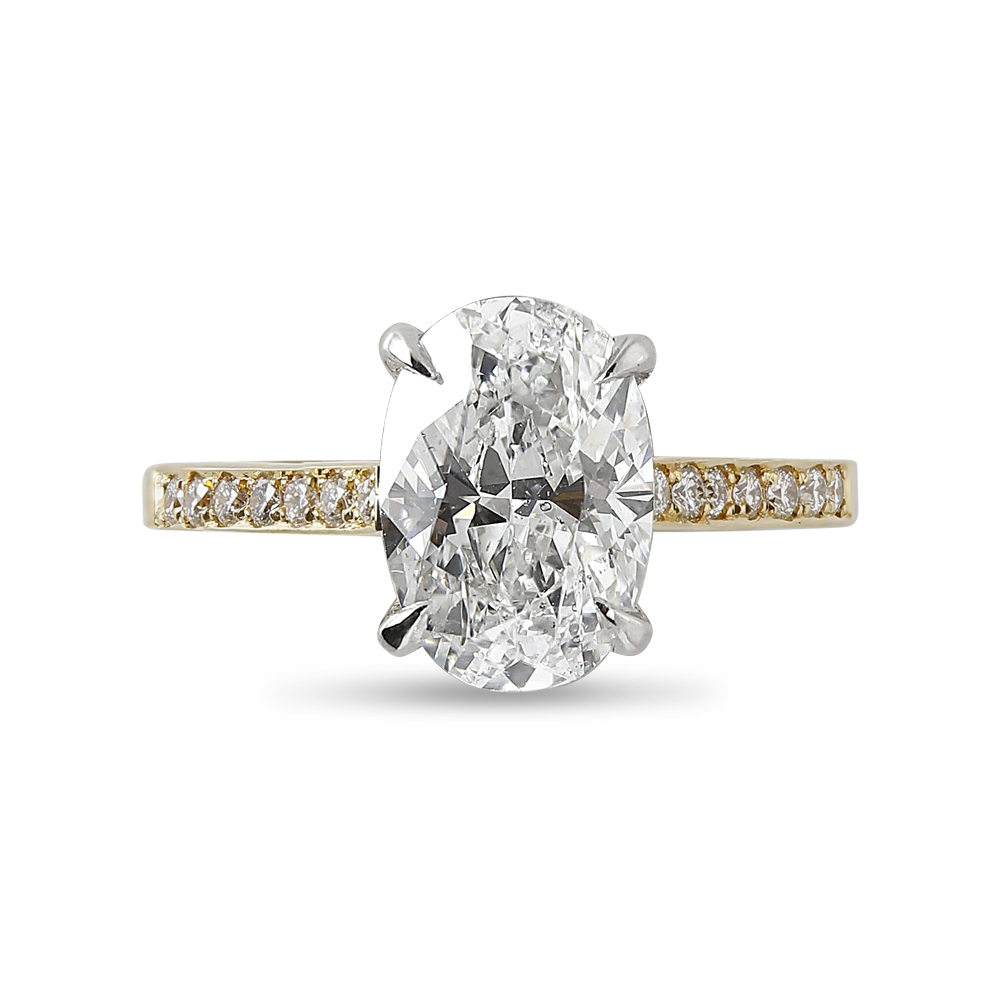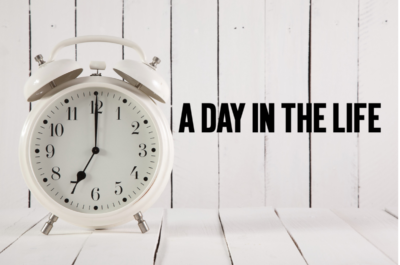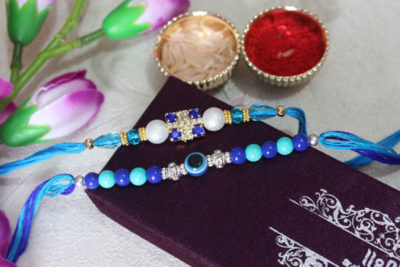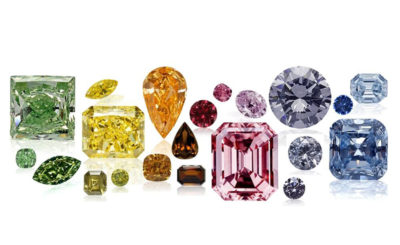A diamond ring. Classic. A mechanism for vastly different sentiments, and a hotly contested battle for whose or what is better. It’s almost laughable, actually. So many people know that there are four Cs, but the joke is that whenever a layperson attempts to list them, they typically only remember three at that very moment. But, we’re going to try to allay whatever fear or trepidation might creep up whenever one must discuss or evaluate a diamond ring in a technical context.
Reve Diamonds of London has a website that includes an entire section on ‘education.’ You will find detailed explanations of the history of diamonds, the countries from which they are sourced, and the nuances differences between the four Cs, and a few other evaluative details. Reve Diamonds even offers a one hour class for anyone who wants the chance to really get to know the ins and outs of diamonds.
Carat. This one is always the most well known and the easiest because it comes down to what everyone says either does or does not matter: the size. Do you want our diamond big, small, or huge? That’s about the size of it. Get it? But, in actuality, carat refers not to the length or width of a diamond, but to its weight. Size alone though does not always dictate the price tag. If you want a large rock on your finger, but don’t need to prioritize its cut, color, or clarity, then you may be able to find a large diamond ring sans a large diamond price tag.
Clarity. Diamonds aren’t perfect. Well, they rarely are, anyway. Imperfections can exist inside a diamond at any level. Ironically, the imperfections themselves are called ‘inclusions,” which sounds much more positive, connotatively, than what they actually are, which would be faults. If you want your diamond large and less expensive, you’re more likely going to need to bend on clarity. After all, the more perfect something is, the more expensive it will be.
Colour. Purists will want no color, which means that it should be transparent. There are levels of that, of course. As transparency blurs and yellow tint becomes more apparent or noticeable, the colour rating of the diamond worsens. Along with the cut, the colour is important or the sparkle that is a diamond ring. The transparency of the diamond is what facilitates the light to enter and play off of it. That’s how we get such a shiny diamond.
Cut. Cut isn’t just simple shape. The shimmer, glitter, and glam that we love about diamonds wouldn’t exist without the precision of the cut. It is all about how the light refracts through the angles and planes of the diamond. If the diamond is cut poorly, then there’s no glitter and there’s no shimmer. Then there’s no diamond.
Of course, this is a very quick overview, and not anything close to resembling the sort of comprehensive training that Reve Diamonds of London can provide in their one-hour course. But, if you’re at all intrigued by this, then perhaps it’s time to invest some time in learning hard facts for the experts themselves.













